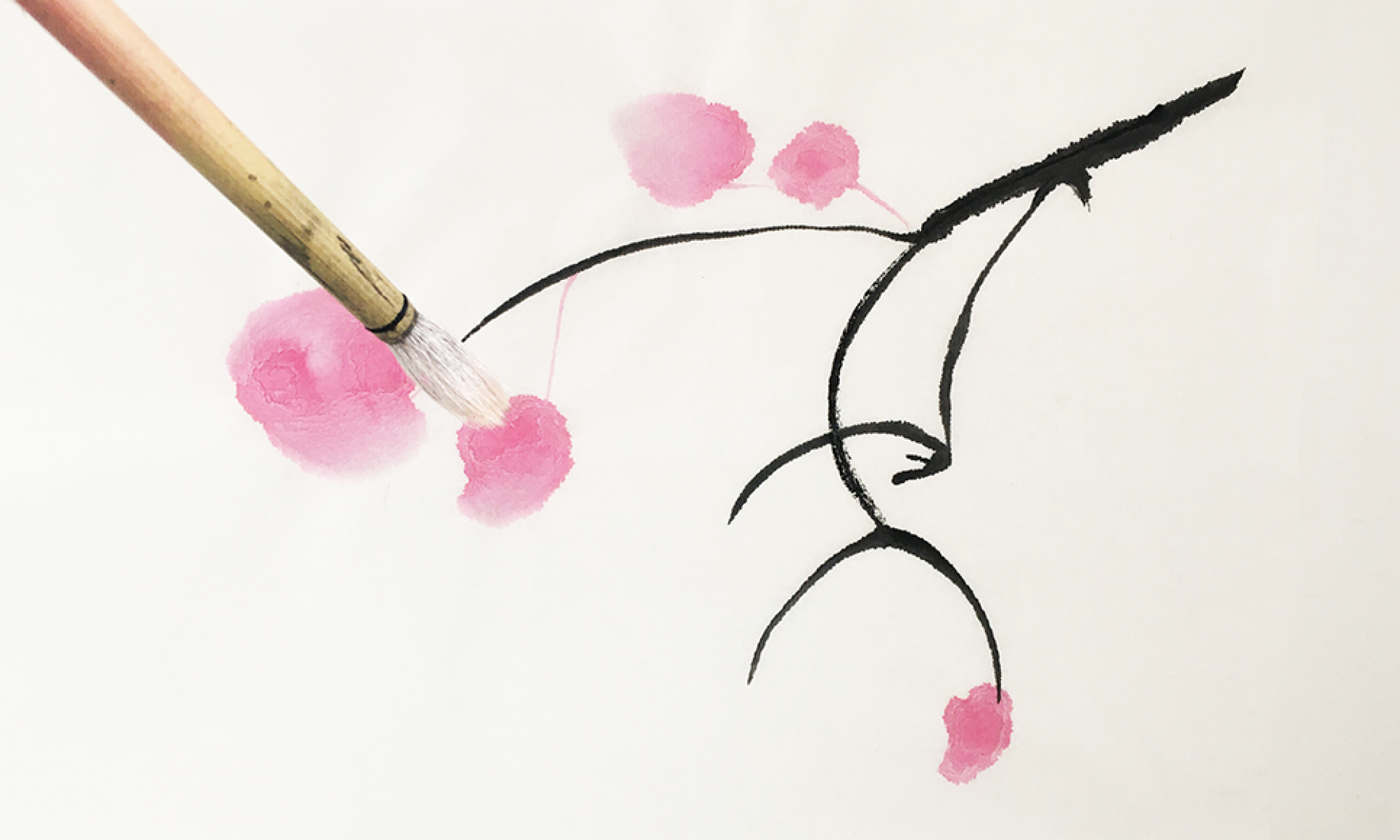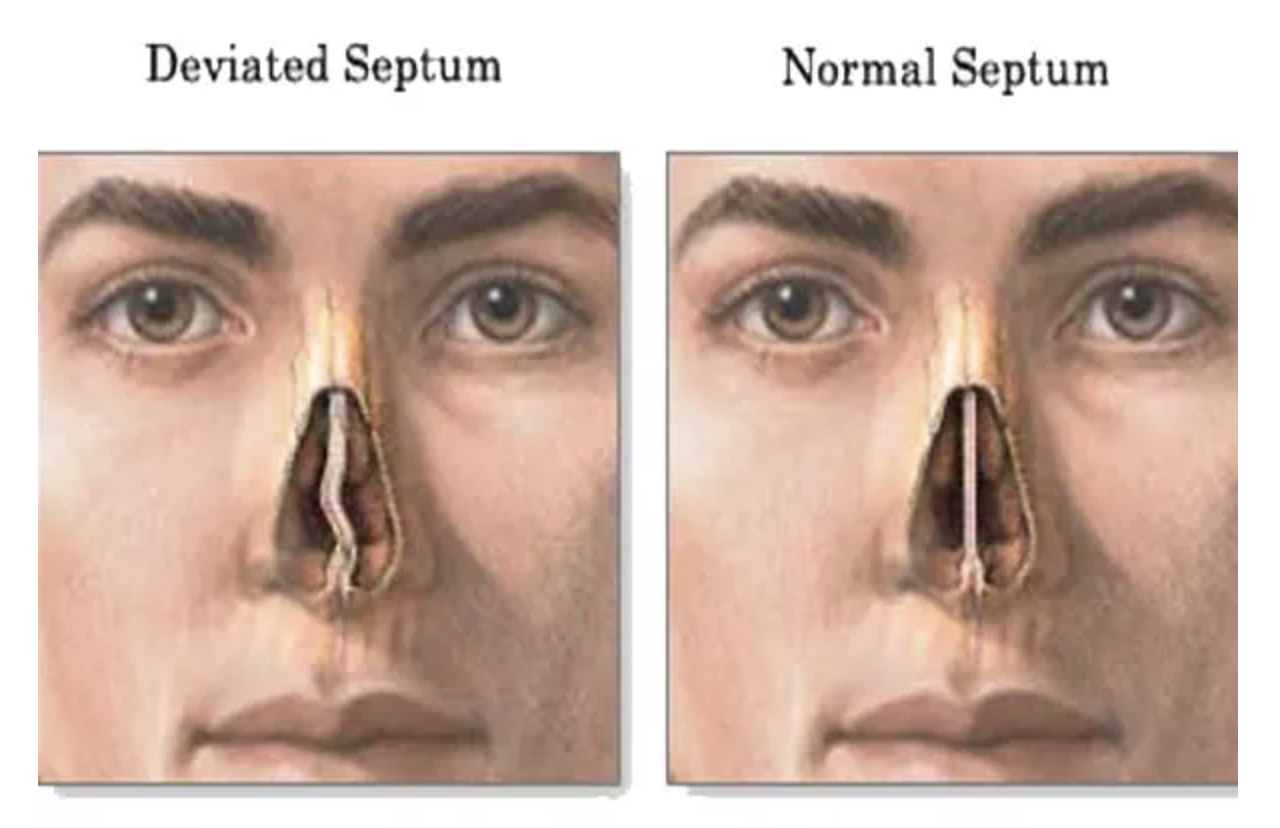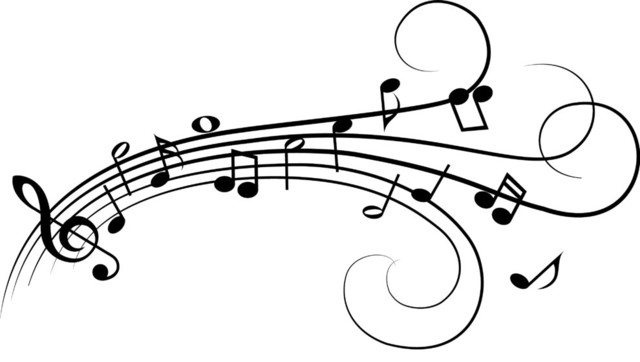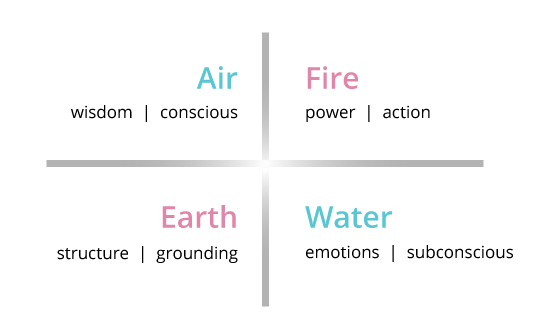One of my teachers was a man called Henryk who had worked in building, carpentry and eventually used to run gangs of council workers in the 70’s and 80’s. In those days it was an open secret that some council jobs were a haven of bludging, side projects, day disappearances – the kind of low level corruption from a more socialist time.
Henryk wasn’t that kind of guy – he was straight as a die – son of German mother and Polish father, clear-eyed, lean, a blend of discipline, temperance and stillness – with a bit of opera thrown in.
I worked with Henryk on a large building project and his work was fast, no bullshit and precise – one morning I was struggling with sawing some timber, splintering the edge as I went. Henryk reached in and drew the saw from my hand and handed me another. Whilst doing so, his lips parted into a wry smile, saying:
“If the tool ain’t right, then the man ain’t bright.”
His quip cut through better than any saw.
The lesson for me was to pay attention to what I was doing. To be “bright” and be awake to the possibilities of a better way. In each situation: dropping habits or pre-conceptions can mean that there may be a better way to do the work….
“is this the right shade of pencil in a drawing?”, “could a better brush be selected?”. The questions not arising in words but just the feel of “fitted-ness” to the needs of the moment.
Humans are problem solving “machines”** and creators, to be cognitively present and find the right “fit” for a particular job infuses meaning into your day and life.
The opposite of this is “square peg in a round hole”. If you’ve ever felt like that, it’s an awkward dissonance – a feeling of being “un-fitted” to the situation. This too is super-helpful and constructive because something in us wants to seek the fit and flow – the discomfort is a signal*** for needed change.
Another interesting part of the quip is the double meaning of “bright” – language is so often pregnant with depth – to be “bright” is to be light-filled – that’s another clue to the recipe (or perhaps outcome) of being “in this moment”.
** please forgive the use of such a term. There is no intention to reduce humans to machines, but some part operates below the surface with an intelligence that uses senses and feedback that could be considered a very fine mechanistic process.
Consider simply “picking up a cup”, the fitted-ness of the cup and how my hand wraps around the handle, whilst (mostly) unconscious is a beautiful flow of sense and response. To bring that into my awareness is a rich experience which should be covered in a seperate post!
*** tears, stress, anger are mostly considered inappropriate in social situations, so we don’t value (and often ostracise) these signals.











